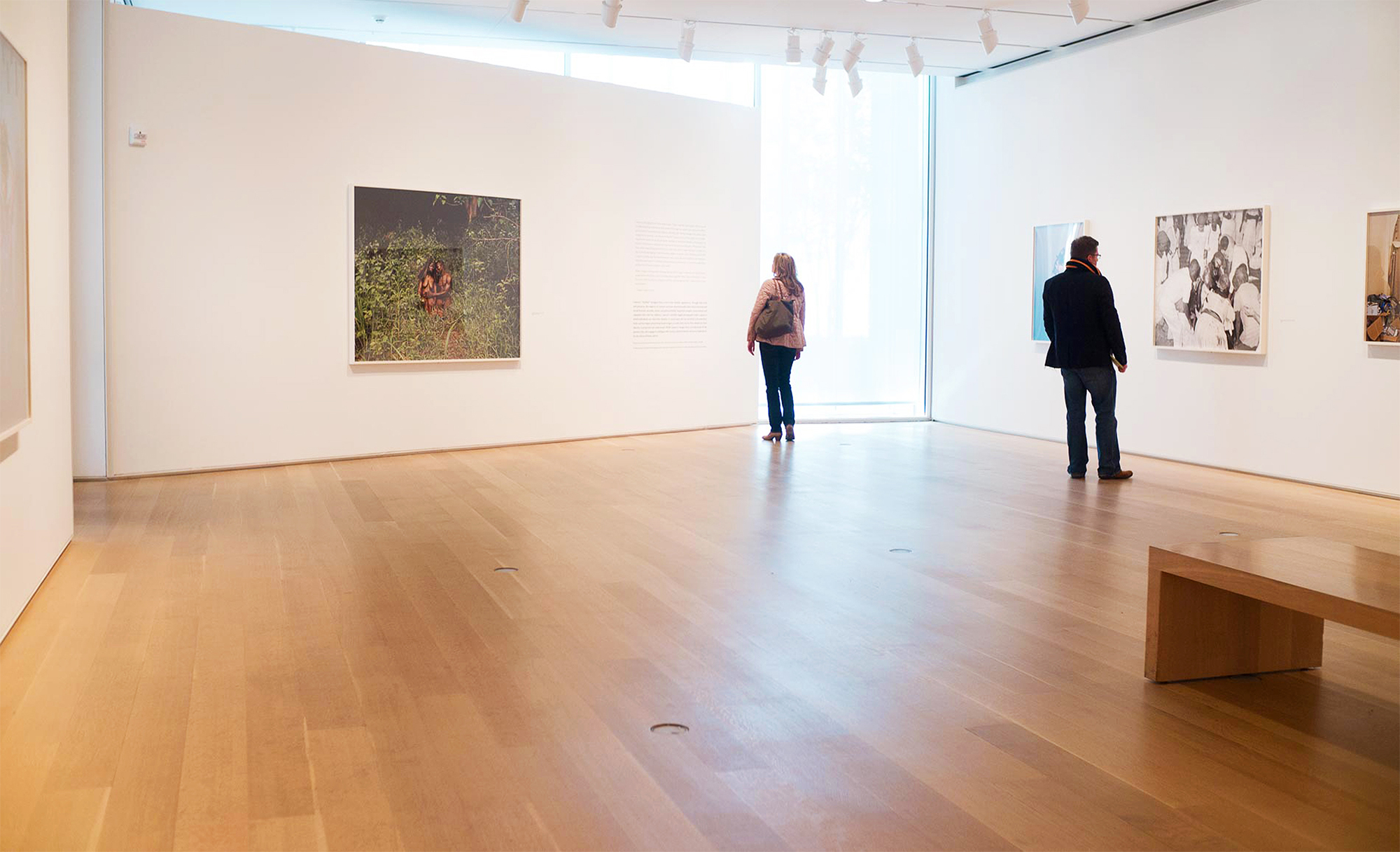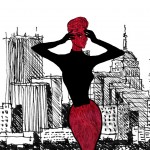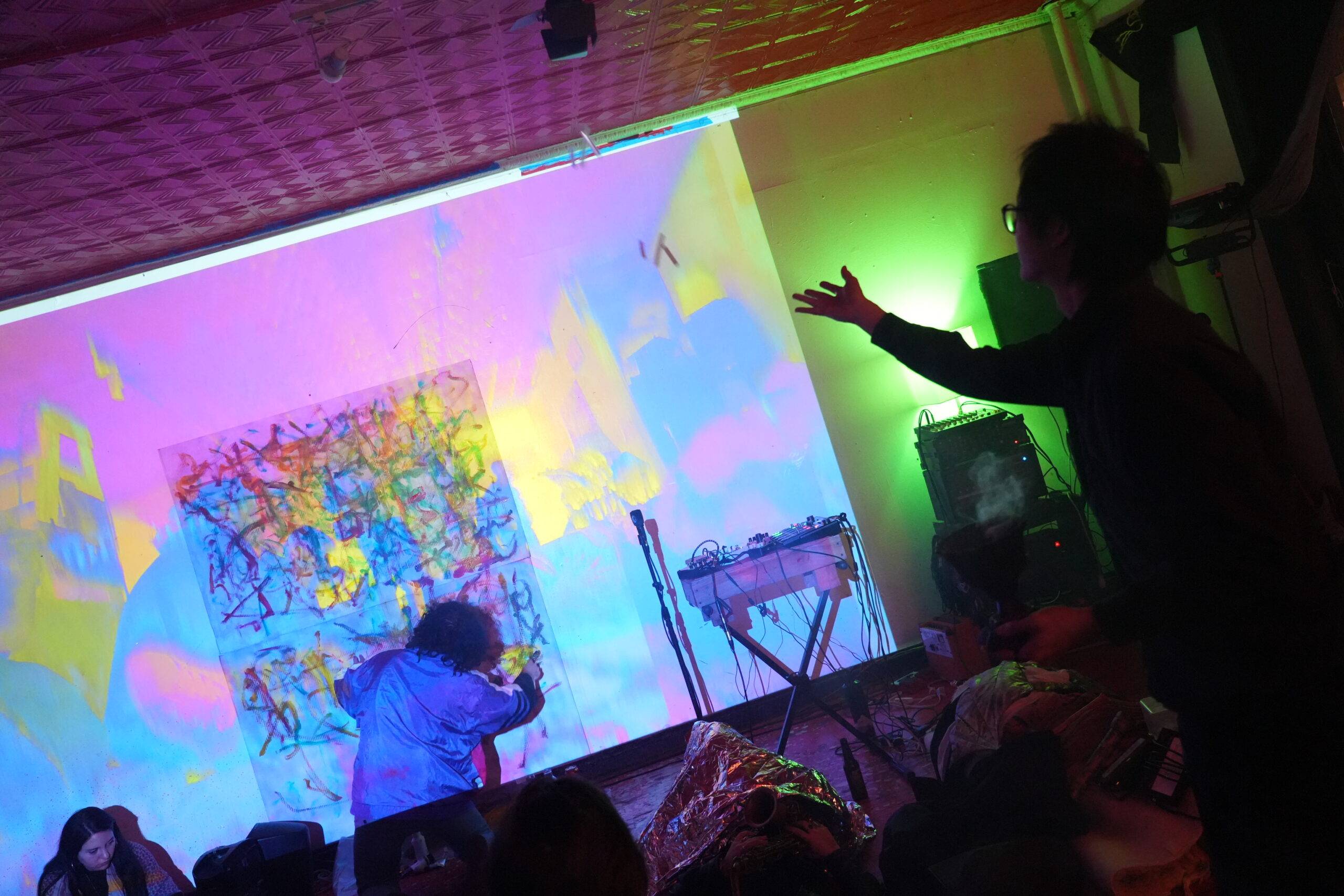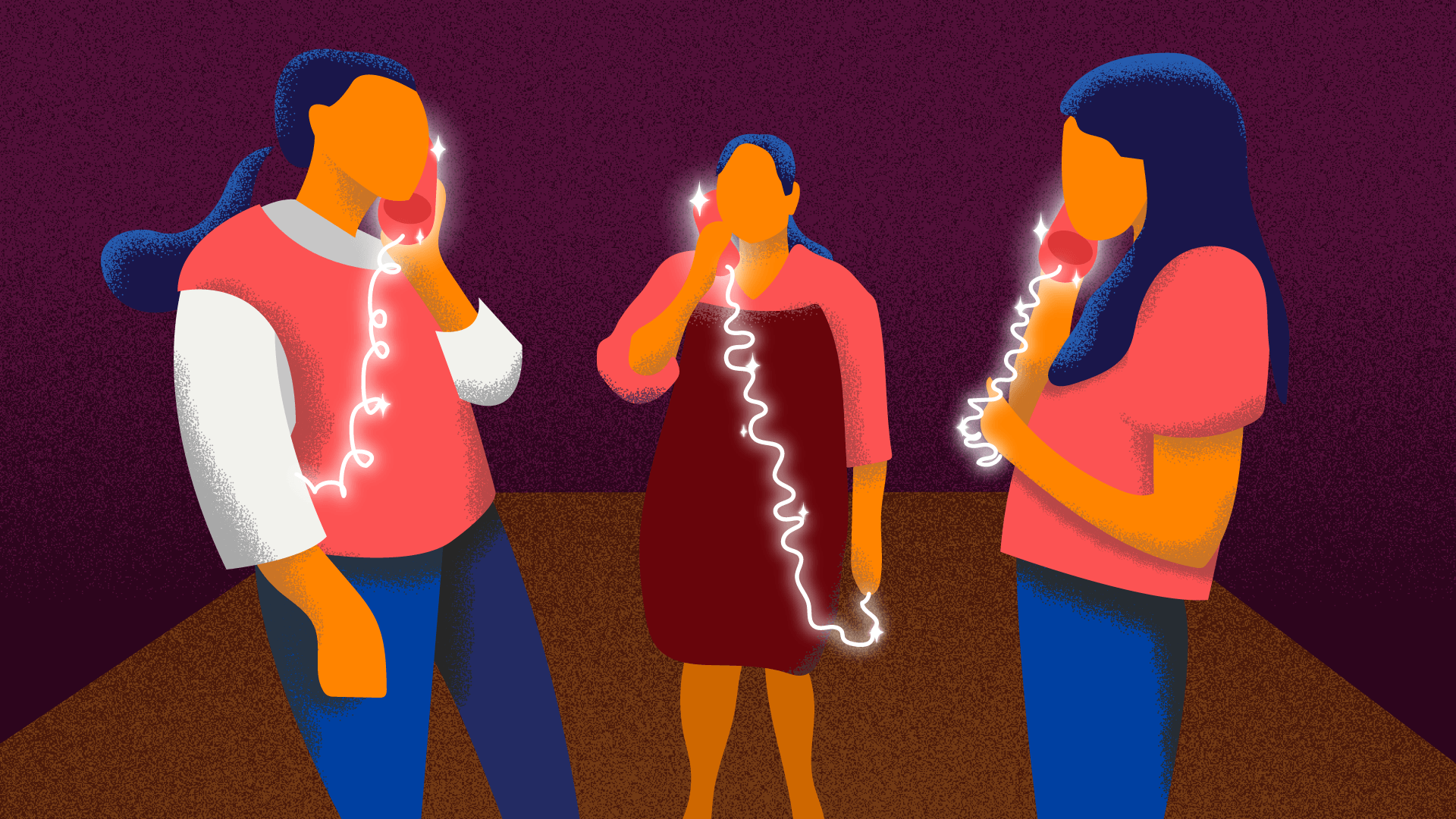
Deana Lawson’s eponymous exhibition of large-scale photographs at the Art Institute of Chicago is a quiet journey through the spiritual and corporeal state of the African diaspora, as the artist addresses the black body through an unabashed, deeply affectionate lens, where blackness talks about blackness without reference to any presumed opposite.
Other artists might have moved their subject away from the unfinished kitchen, with its peeling wallpaper and empty sink fixtures; they might have persuaded subjects to don something other than a leopard-print spandex bodysuit. Rather than hold up a facade to appeal to middle- class sensibilities, Lawson makes photographs that positively glow with a loving honesty toward her subjects.
Starting in an idyllic Eden, Lawson leads the viewer through various landscapes: They include the Democratic Republic of the Congo, Brooklyn, Haiti, New Orleans, and Detroit. The exhibit runs in a circle, ending where it began, which represents an unending cycle of constant reinvention. Lawson presents her subjects as both sacred and carnal, with no real separation between the two, making her photographs documents of trust, sensuality, and spirituality.
The only visual snag a viewer might hit is with two prints that are hung just outside the gallery proper, in the overflow area. Although this is common practice for this portion on the museum, it is a bit visually jarring. While the photographs stand out of context from the others, they still retain the essential sacredness so central to the show as a whole.
There is one print that is sadly not part of the current exhibition. Entitled “Diva at 73 Years Old,” 2009, it depicts a woman seated next to a piano. She is nude, save for high heels and a feathery coat. On top of the piano rests a black-painted, red-lipped lawn jockey. Had it been included, this photograph might have pushed local sensibilities beyond capacity. It seems almost to taunt the viewer, depicting a blackness that we in the United States have been told should not be permitted to exist, yet clearly does. And that’s the artist’s point: no one can put blackness in a box or even define it sufficiently. So Lawson has set herself to the task of illuminating it, a little bit at a time, that viewers may revere it as much as she does.
“Deana Lawson” runs through January 10, 2016, at the Art Institute of Chicago.





















